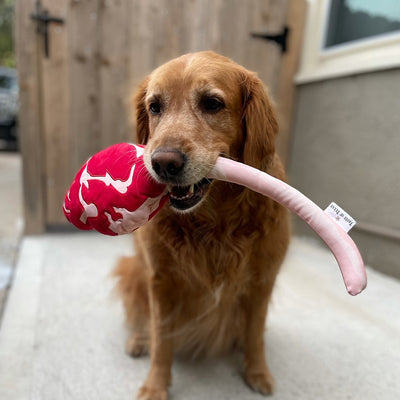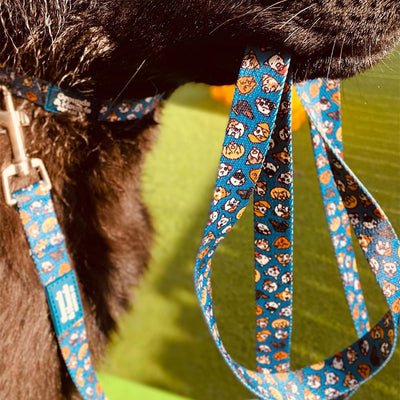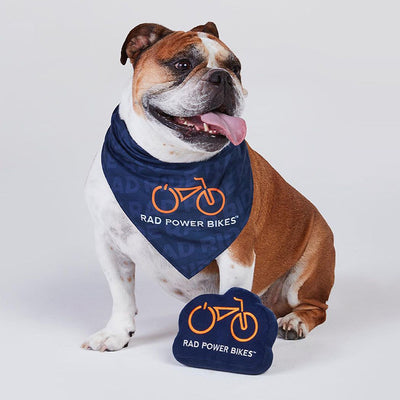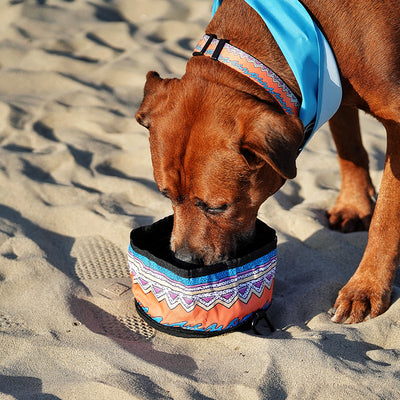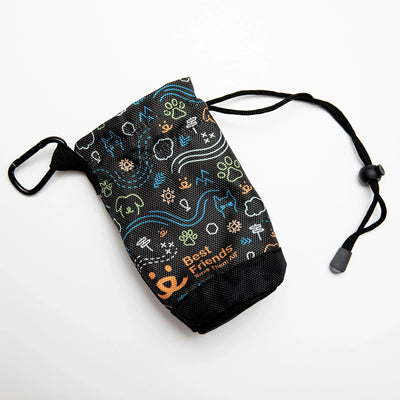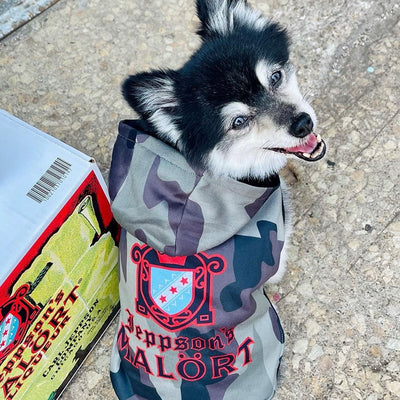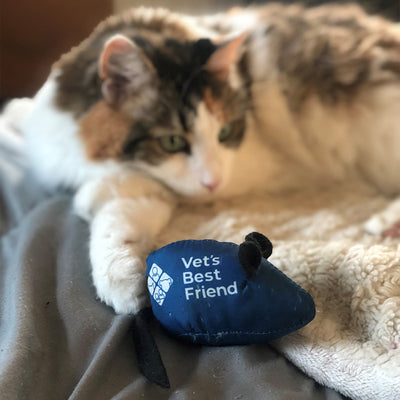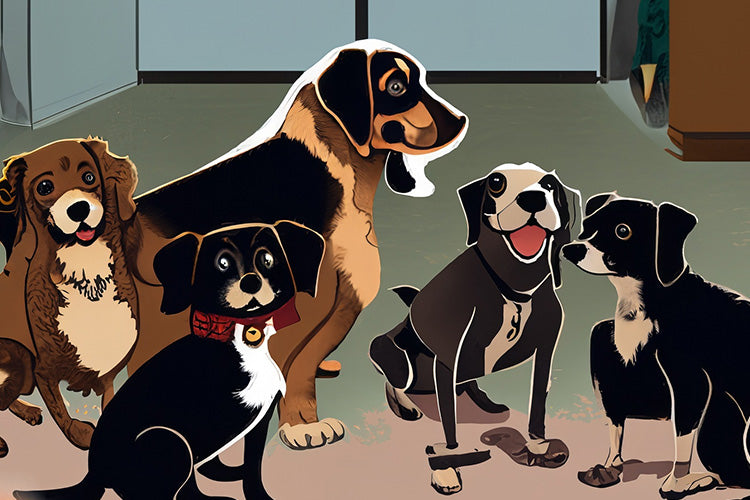A multi-dog home means there’s twice as much fun and love to go around for everyone. It can also mean that pet management requires more effort compared to taking care of a single pet. As the pet owner, you need to ensure there is plenty of food, toys, and exercise time to keep all your pets healthy. Also, you must create an environment that helps your pets get along well with each other.
While many dogs have no trouble tolerating other dogs and living with them peacefully, that isn’t always the case in homes with several canine residents. Some of them might see the other dogs as competition and show aggressive behavior in response. As such, you need to manage your pets by training them and making sure that each one’s particular needs are met. This includes buying multiple pet supplies, like several customizable eco-friendly foldable travel dog bowls for each of your dogs. Aside from that, you need to learn how to minimize opportunities for conflict and know how to handle the situation when it does happen.
If you want to learn more, here are other tips to help you manage a home with several dogs:
Feed Your Pets Separately
One common conflict in a multi-dog household happens during feeding time. Some dogs may develop "resource guarding," wherein they become defensive or show aggressive behavior towards other pets or people due to a valued item. In this case, it’s their food.
If you want to discourage such behavior, feed your dogs separately, either in different rooms of your home or in opposite corners of the same room. You can use doors or baby gates to confine your pets to these areas. You can also keep one pet inside their crate while the other is fed outside.
Given that you’ll be feeding your pets in separate places, get several stainless steel bowls for each of your pets to feed and drink from. If you travel with your pets, you should also stock up on several collapsible travel bowls that will be easy to take along when you go on outings.
Supervise Playtimes
Many dogs consider toys to be another valuable asset. As such, they might fight over pet toys. If you think your pets are still getting used to playing with each other, it’s best to supervise their playtime. Give them access to several toys, such as chew toys and plush dog toys. This way, your pets have plenty of toys to play with, helping reduce tension and eliminating their need to resource guard.
Additionally, supervising playtimes allows you to step in when needed. If you notice a bit of tension brewing, calmly break up the play session by putting a barrier between the dogs. Then tether or crate your pets for several minutes to give them time to calm down. Once the stress subsides, release them and let them play together while you keep a watchful eye.
Designate Separate Sleeping Spaces
In a home with several dogs, giving each one their own space to rest can create a more peaceful household. This is where having individual crates for each dog is helpful. It provides your dogs with a designated place they can sleep and get away from other dogs. You can make the insides of the crates more comfortable by lining them with dog blankets.
It’s also a good idea to get your dogs their own dog beds. Place each bed in different areas of your home, and train each of your dogs to go to their designated spots when you give the command. Make sure to give your pets tasty dog treats to encourage following directions and make training more effective.
Practice Walking on a Lead Together
Taking your dogs out for a walk helps them stay healthy. It also expels excess energy, which may be a factor in why your dogs tend to get too excited towards you or each other.
If you haven’t done it before, remember that walking all your dogs together takes a lot of practice. As a start, get each of your pets their own dog collar and leash. Also, enlist the help of a friend to act as the secondary dog walker. This helps make the walk more manageable for you. It also makes your dog think they have their own handler, so they won’t mind other dogs walking with them. Practice all walking together until your pets learn to stay focused on the walk rather than their companions.
Once your dogs are used to the multi-dog walk, you can walk them all by yourself. Remember to be consistent with the walks by doing them daily at the same time, but try visiting a variety of settings to keep the walk interesting for your dogs. Make sure to end walks on a positive note by rewarding your dogs with treats and plenty of praise.
Managing a home with several dogs may not be easy in the beginning, but it is possible. By providing your pets with their own supplies and proper training, they will learn how to get along and play well with each other. If you find it challenging to train your pups or conflicts escalate even after following the tips above, consider finding a professional trainer in your area. They can help train your dogs to be well-behaved, making it easier to maintain a peaceful multi-dog household.

